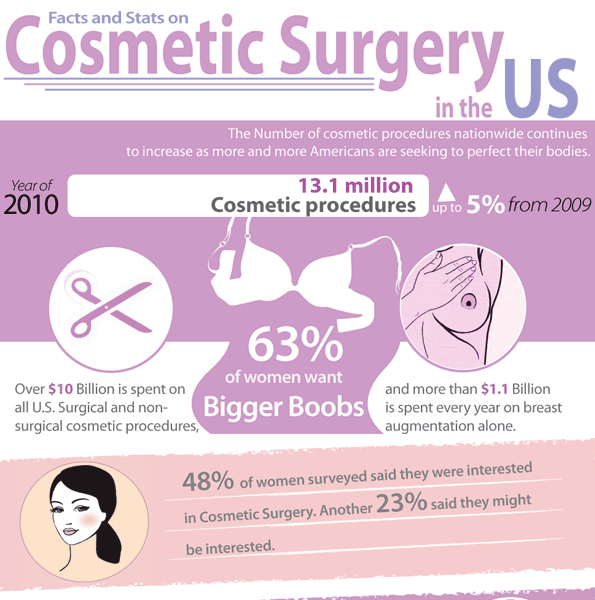Baking Soda For Acne Is It Safe
Baking Soda For Acne Is It Safe
Blog Article
Hormone Acne - What is Hormone Acne?
Hormone acne is characterized by clogged up pores and oily skin that commonly appears on the chin and jawline. It takes place when hormonal changes activate inflammation and microbial overgrowth within hair follicles.
Outbreaks might look like whiteheads, blackheads, papules or pustules and cysts or blemishes in a lot more extreme instances. It is extra usual in teenagers experiencing puberty but can influence grownups of any kind of age.
What Creates Hormone Acne?
While acne can be brought on by a selection of variables, consisting of making use of hair and skin treatment items that aren't oil-free or made with active ingredients that can obstruct pores, hereditary tendency, diet plan,2 and anxiety, the source is changing hormones. Hormonal acne happens when the body experiences hormonal changes and fluctuations that lead to an overproduction of sebum, which causes inflammation, raised development of microorganisms and adjustments in skin cell task.
Hormone acne is typically discovered on the lower jawline, cheeks and neck but can appear anywhere on the body. It is characterized by imperfections that are cystic, excruciating and loaded with pus or various other product. It is likewise most likely to happen in women than men, specifically throughout the age of puberty, the menstruation, pregnancy or menopause.
Age
While numerous kids experience acne at some point throughout the age of puberty, it can continue to afflict adults well right into the adult years. Referred to as hormonal acne, this form of breakout is linked to variations in hormones and is usually most common in women.
Hormone acne happens when oil glands create too much sebum, which clogs pores and catches dead skin cells. This causes the formation of blemishes, such as whiteheads, blackheads and papules, pustules, cysts or blemishes, deep under the surface area.
This kind of blemish usually creates pain, soreness and swelling. It may also be intermittent and appear around the same time every month, such as right prior to your period begins. This is due to the fact that levels of female hormonal agents like progesterone and oestrogen change with each menstrual cycle.
Menstruation
Hormone acne generally shows up in the reduced part of your face, along the jawline and cheeks, as whiteheads, blackheads or inflammatory pimples (acnes and cysts). It's more than likely to appear around the time when your menstruation modifications.
Especially around ovulation, when estrogen and progesterone degrees are on the rise, hormonal agent fluctuations can create outbreaks. But it's additionally feasible to get acne at any kind of point throughout your 28-day menstrual cycle.
If you notice that your hormone acne flares up right prior to your period, attempt observing when exactly this takes place and see if it associates with the phases of your 28-day menstruation. This will aid you identify the root causes of your skin problems. For example, you might wish to work on stabilizing your blood sugar and removing high-sugar foods, or think about a prescription drug like spironolactone that can control your hormones.
Maternity
Growing an infant is a time of dramatic hormone changes. For several ladies, this consists of a flare-up of dysport hormonal acne. This sort of breakout generally starts in the first trimester, around week 6. It's caused by hormonal agent surges that boost sebaceous glands to make even more oil, which can clog pores and create more microorganisms to build up.
Outbreaks may likewise occur as a result of pre-existing problems like polycystic ovary disorder, which can likewise be a concern during pregnancy and menopause. Additionally, some types of contraceptive pill (such as Ortho Tri-Cyclen and YAZ) can set off hormone acne in some women.
Luckily, most acne therapies are "no-go" for expectant ladies (consisting of popular acne-fighting components such as isotretinoin and spironolactone). But if you can't stay clear of those irritating bumps, your medical professional may recommend dental erythromycin or cephalexin, which are safe while pregnant.
Menopause
As women approach menopause, the estrogen degrees that caused their hormonal agent acne to flare during adolescence start to stabilize and lower. At the same time, however, a spike in androgens (likewise called male hormones) happens due to the fact that these hormones can't be exchanged estrogen as effectively as previously.
The unwanted of androgens can trigger oil production by the sweat glands, which clogs pores. When the blocked pores come to be inflamed and irritated, an acne kinds.
Hormonal acne is generally seen on the face, specifically around the chin and jawline, yet it can occur on the neck, back, shoulders, or breast. This sort of acne tends to flare up in an intermittent pattern, comparable to the menstrual cycle. Anxiety, which raises cortisol and throws hormones out of equilibrium, additionally contributes to the breakouts.